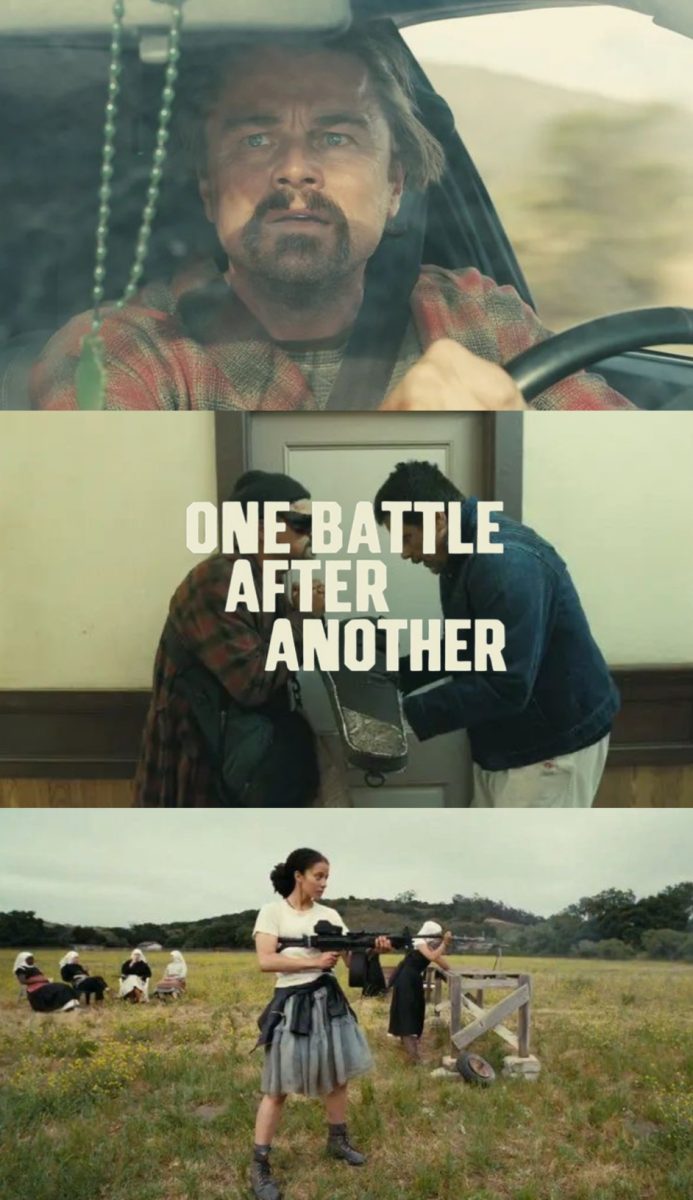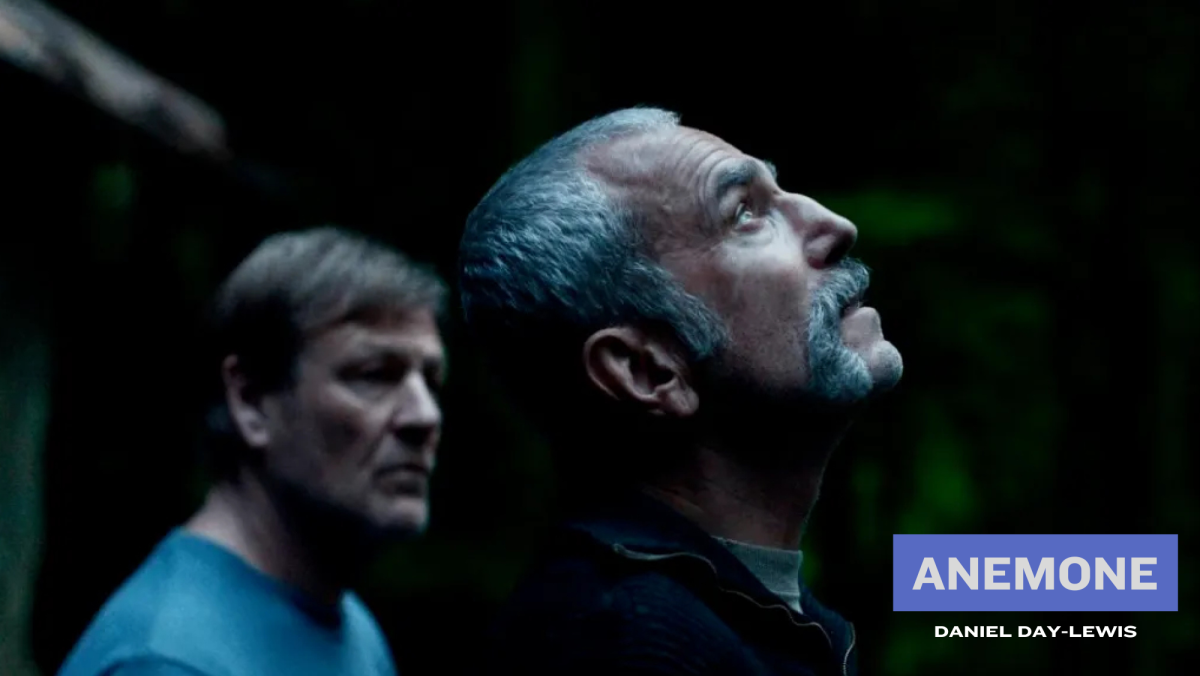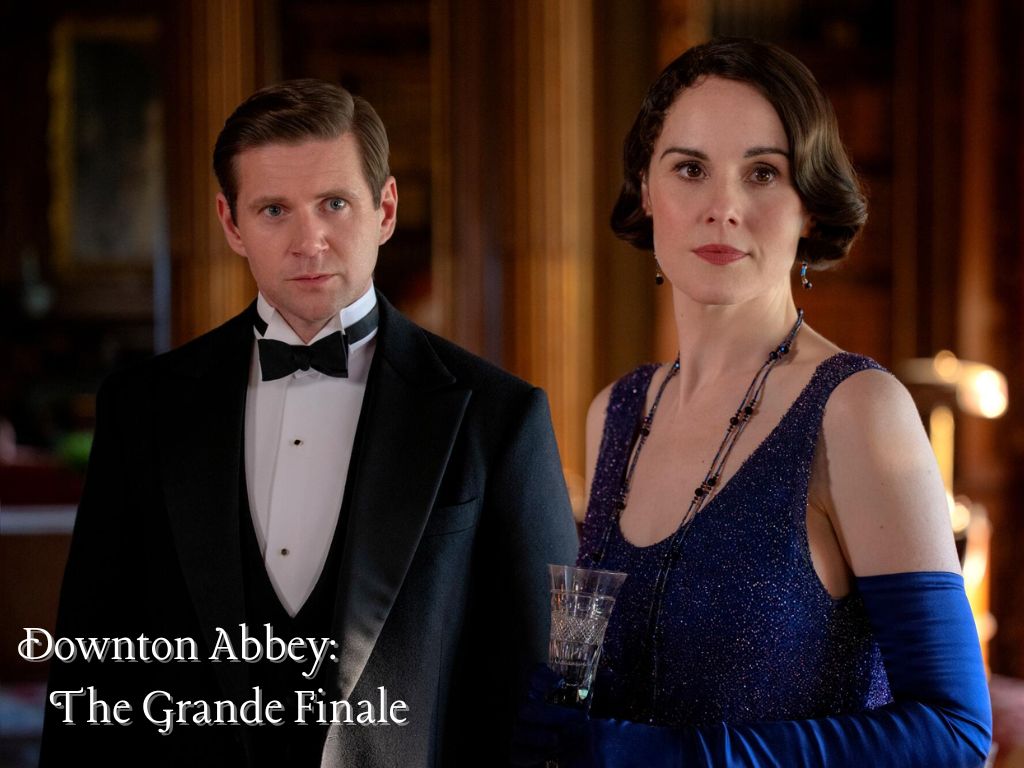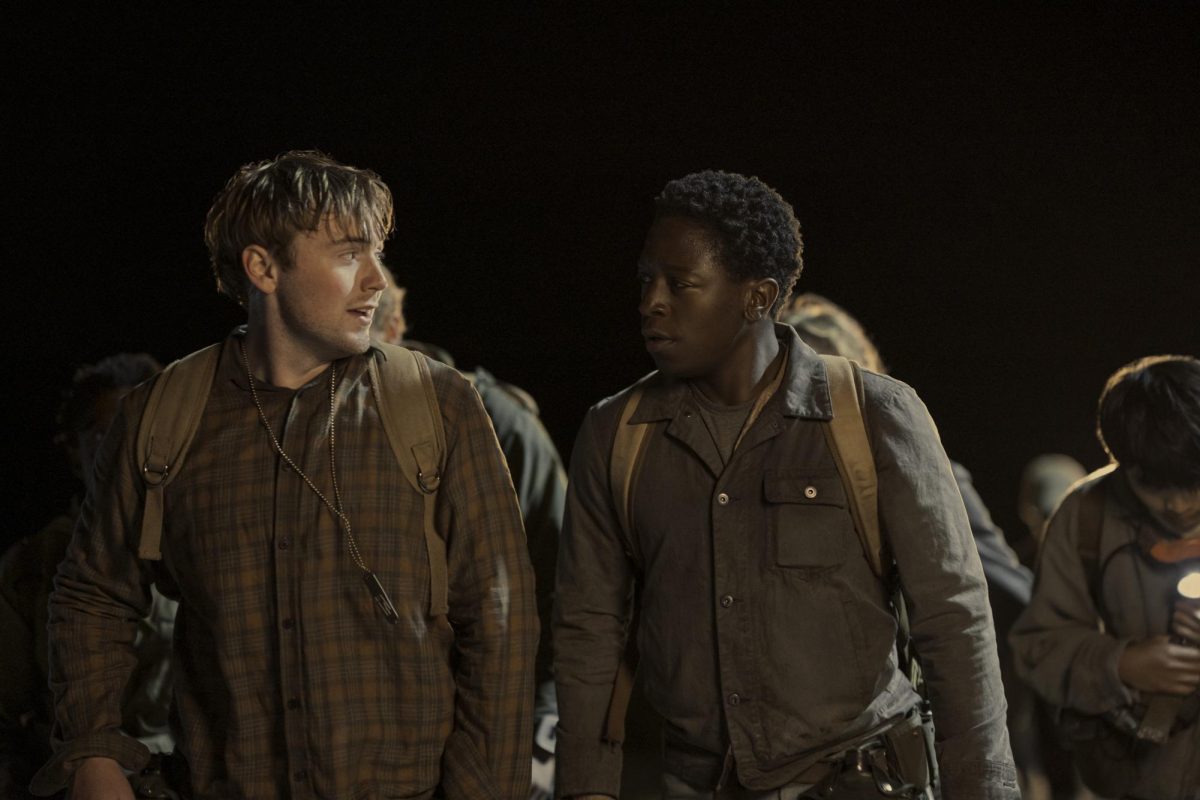Fans of Suzanne Collins’ beloved series, “The Hunger Games,” finally get another glimpse into the fictional world of Panem with the release of “The Hunger Games: The Ballad of Songbirds and Snakes,” the adaptation of the prequel novel from Collins. The film adaptation was released in theaters Nov. 17, proving that Collins’ dystopian story will always land on top.
The novel was released in May 2020, giving fans of the original trilogy insight on the series’ antagonist President Coriolanus Snow’s backstory. It follows Snow, portrayed by Tom Blyth, as he mentors District 12 tribute Lucy Gray Baird, portrayed by Rachel Zegler, during the 10th annual Hunger Games and the world of Panem 64 years before the original story takes place.
Fans will learn more about the games, their history, the districts and most importantly, how Snow’s character developed throughout the series from someone you want to root for to ultimately becoming the villain.
Like many book-to-film adaptations, the accuracy of the film compared to its book counterpart is important to long-time fans. While some aspects of the film’s book accuracy fall short, overall it does a good job of capturing the complex story in just a short two-and-a-half hours.
The movie would have benefited greatly from having Snow’s internal monologue as we see it in the book. If you are a reader of the book, it is easy to notice that some of Snow’s character’s pure hatred and negativity are lacking and it makes him seem more redeemable than he actually is.
Because of this, Snow’s relationship with Sejanus, his classmate who Snow despises in the book, portrayed by Josh Andres Rivera, is seen as friendlier and more authentic than it presents itself in the book.
While it’s not a dealbreaker of the film, it felt like there could have been more shown between Lucy Gray and Snow’s romantic relationship. While there is a large debate amongst fans on whether or not Snow truly loved Gray, there is no doubt that the two of them had something, whether that be lust or love. And the movie seemed to gloss over it in some scenes where it had the chance to unpack the dynamic between the two of them.
However, some changes in the film ended up working in its favor. The death of a District 11 tribute, Reaper, portrayed by Dimitri Abold, who gave a powerful and emotional performance, was changed slightly and it ended up being a very symbolic and meaningful death. In the book, Reaper dies from a puddle of water poisoned by Lucy Gray, however, in the film, Reaper accepts his fate and reclaims his autonomy showing that despite the Capitol’s power over them, freedom in the district people is possible.
This memorable scene in both the movie and book is reminiscent of Katniss’ makeshift grave for Rue in the 74th Hunger Games, as Reaper lays all deceased tributes in a mass grave and covers their bodies with the Capitol flag.
Both Zegler and Blyth gave powerful performances that will surely further their careers in the industry, much like what the original films did for Jennifer Lawrence and Josh Hutcherson.
Blyth’s performance showed his range of emotion well. His ability to switch through his emotions quickly and efficiently made for a character that was dynamic and interesting. A scene that particularly stands out is where Snow is in the woods screaming out to Gray. It’s like viewers can see the switch flip in Blyth and the front that Snow has been putting on completely dissolves and we see his true colors.
Zegler’s beautiful singing voice and ability to produce a believable and authentic Appalachian accent brought Lucy Gray to life and it wasn’t a question if Zegler was the right choice for the role. Her dedication to her role as Gray is evident. Zegler gave it her all in this performance and helped to create an immersive experience for the audience.
Other notable performances were from Viola Davis, who played antagonist Dr. Volumnia Gaul, and Hunter Schafer, who played Tigris, Snow’s cousin who we see in “The Hunger Games: Mockingjay – Part 2” film along with the “Mockingjay” book. Both actresses, while their roles were smaller than Zegler and Blyth’s, packed a punch and brought their all to these characters.
Both Tigris and Gaul are a representation of the two sides of Snow’s moral compass, where Tigris represented the good part of him that wanted to care for and understand the tributes as people, whereas Gaul represented the part of Snow that craved power and authority over the tributes.
The performance from Jason Schwartzman who portrays Capitol Weatherman, first official Hunger Games host and commentator, Lucretius “Lucky” Flickerman, was hilarious and extremely memorable. He wonderfully embodied Lucky’s character and was a much-appreciated comedic relief for the dark and violent storyline that unfolded in front of the audience.
Aside from the storyline, the cinematography and film’s aesthetic powerfully encapsulated Panem on screen, and for the few hours you’re watching the film, it feels like you’re right there with all of the characters.
The set design feels like it was ripped right off of the pages from the book. Specifically, the Capitol Arena, where the game takes place, is depicted so brilliantly that chills are sent down viewers’ spines when the camera pans around to show the entire arena in all its glory.
“The Hunger Games: The Ballad of Songbirds and Snakes” is one of the stronger movies in the franchise, and an addition to Panem’s story that should not be glossed over.
“The Hunger Games: The Ballad of Songbirds and Snakes” is now in theaters.





















